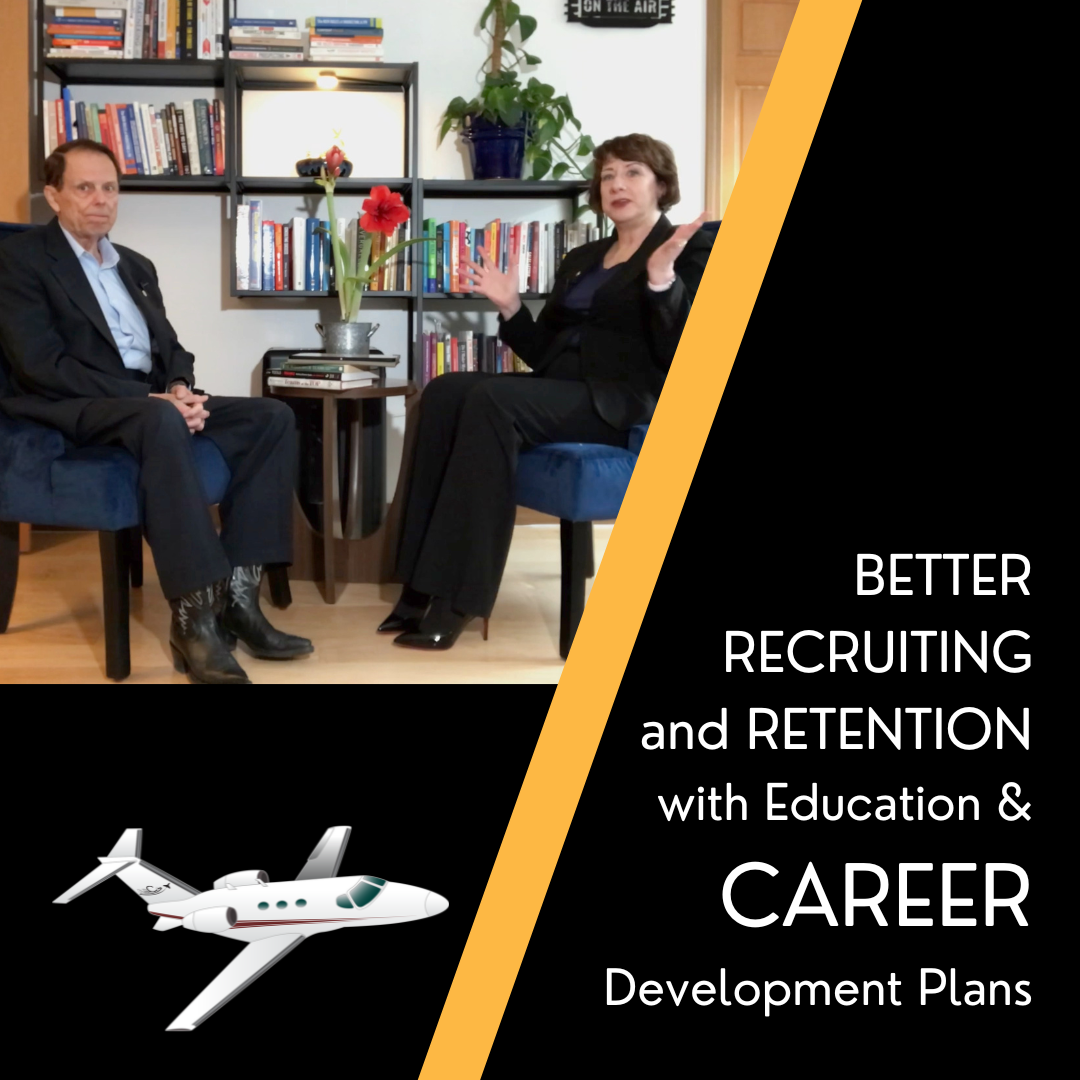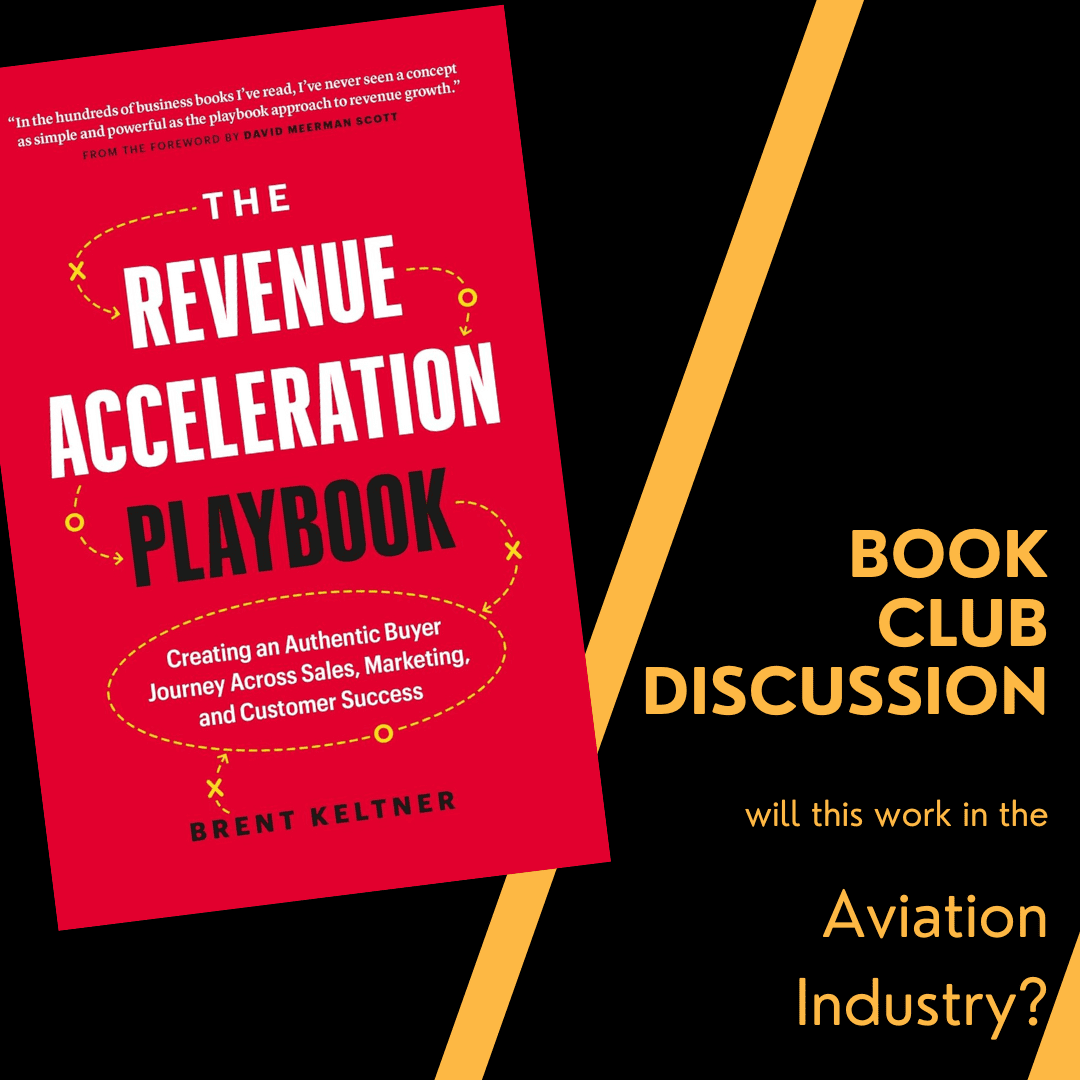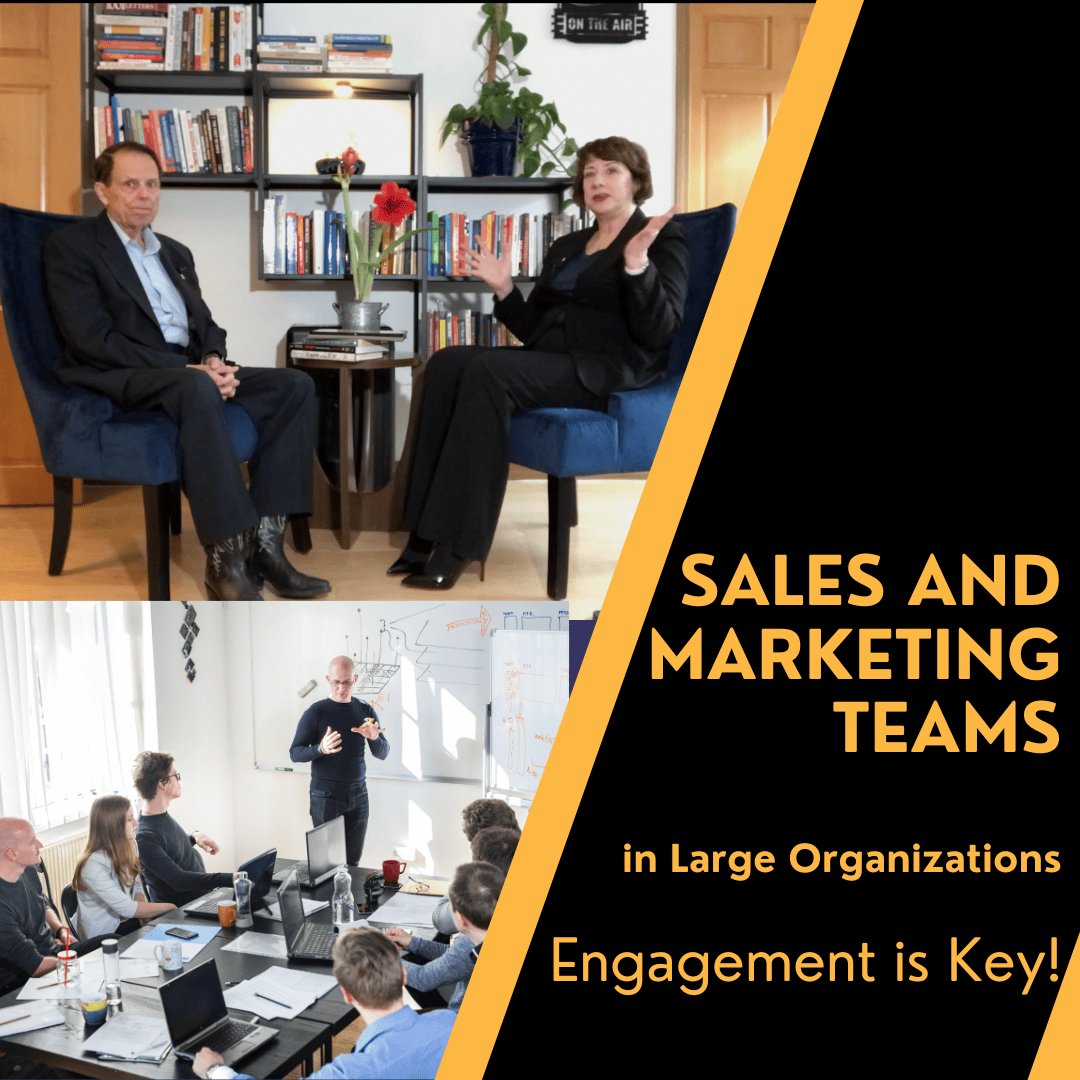 Many aviation companies spend good portion of their marketing budgets for the year on trade shows. In fact, some build their entire year around the NBAA convention. It’s the beginning and end of their marketing cycle.
Many aviation companies spend good portion of their marketing budgets for the year on trade shows. In fact, some build their entire year around the NBAA convention. It’s the beginning and end of their marketing cycle.
Which is not a bad strategy if your product or service is a good fit for trade show marketing.
However, it IS a bad strategy if you do what the majority of companies do – fail to plan, measure and follow up properly.
Trade shows can be a major expense, between booth rental (if you’re presenting), travel cost, admission fees, literature, giveaways, and entertainment if you’re meeting with clients. (Dining, golfing, etc.)
How can you make the most of your investment?
- Give people a reason to come see you. Use social media, or the good old-fashioned telephone, to contact your current and prospective customers to let them know you’ll be at the show. Invite them to come to your booth for a specific reason – a demo, a contest, a class, or a gift. With qualified prospects, you may want to make an appointment for breakfast, dinner, coffee or cocktails at the convention center or at their hotel. There are several companies that do very little business at their booth but make most of their deals at the local restaurants and coffee shops. Unless you have a private area in your booth for such appointments, going somewhere else provides an opportunity to have a more in-depth conversation, speak more confidentially, and give your prospect your undivided attention. (Have a team member handle the booth while you’re gone, of course!)
- Be clear about who you are and why you’re there. It is amazing how many expensive booths don’t provide visitors with the slightest clue what the company is or does, or the intended audience for it’s products or services. There’s usually a wide variety of people at a trade show – even at an NBAA convention, you’ll find everyone from the smallest one-person one-plane operations to the largest jet manufacturing companies. Your product or service is probably not equally relevant to everyone there. Your booth graphics should make it clear from across the room what your product or service is and who would find it worth the time to come talk to you.It has been our experience at NBAA and other aviation-related trade shows that some representatives in some booths, don’t seem to have a very clear idea about what their product or service is or does. I suspect they may be great subject matter experts, but unless the visitors ask the right questions, they’re not really “in their element” in trade shows. Develop some questions and answers and do some role-playing with folks who will man the booths is often a great idea to make even the smartest people feel more comfortable.
- Make sure your literature answers the four key questions– Everyone is busy and leaves the trade show with a bag full of literature. A pretty brochure that simply introduces your company, your brand or your product isn’t enough in this economy. A specific, time-constrained offer will make it much more likely that people will get back to you. And these are the questions your literature should make clear.
- Why should I read the rest of this?
- Why should I believe what you have to say?
- Why should I do anything about what you’re offering?
- Why should I act now?
- For more on these questions, read this article.
- Have a plan to follow up.Many companies invest a lot of money in acquiring leads at trade shows and may acquire a huge fishbowl of business cards or a huge spreadsheet of captured leads from badges.You know how frantic it is when you get back to the office after a trade show – besides following up on leads, you also have to catch up on all the phone calls and business you missed while you were out of the office.If it’s a pain in the neck to do it, it won’t get done, so it’s important to automate this step. Some companies send a single postcard, but most don’t have a comprehensive follow up program that uses multiple media to vet those leads and turn a good percentage of them into sales, so you’ll stand out if you do a decent job of follow up! If you have a good follow up process, enter your new leads immediately. If you don’t have a good follow up process, now’s the time to create one.

We took a few minutes at the Cygnus Aviation Expo to create a quick four and a half minute video with pointers on how to make your next trade show successful.
Need more info?
- How to plan a powerful, attractive presentation
- What to do the day after the Trade Show
- What to do 30 and 180 days after
- Sample Follow-Up Programs
- A comparison of marketing tools for your
follow up program






Leave A Comment